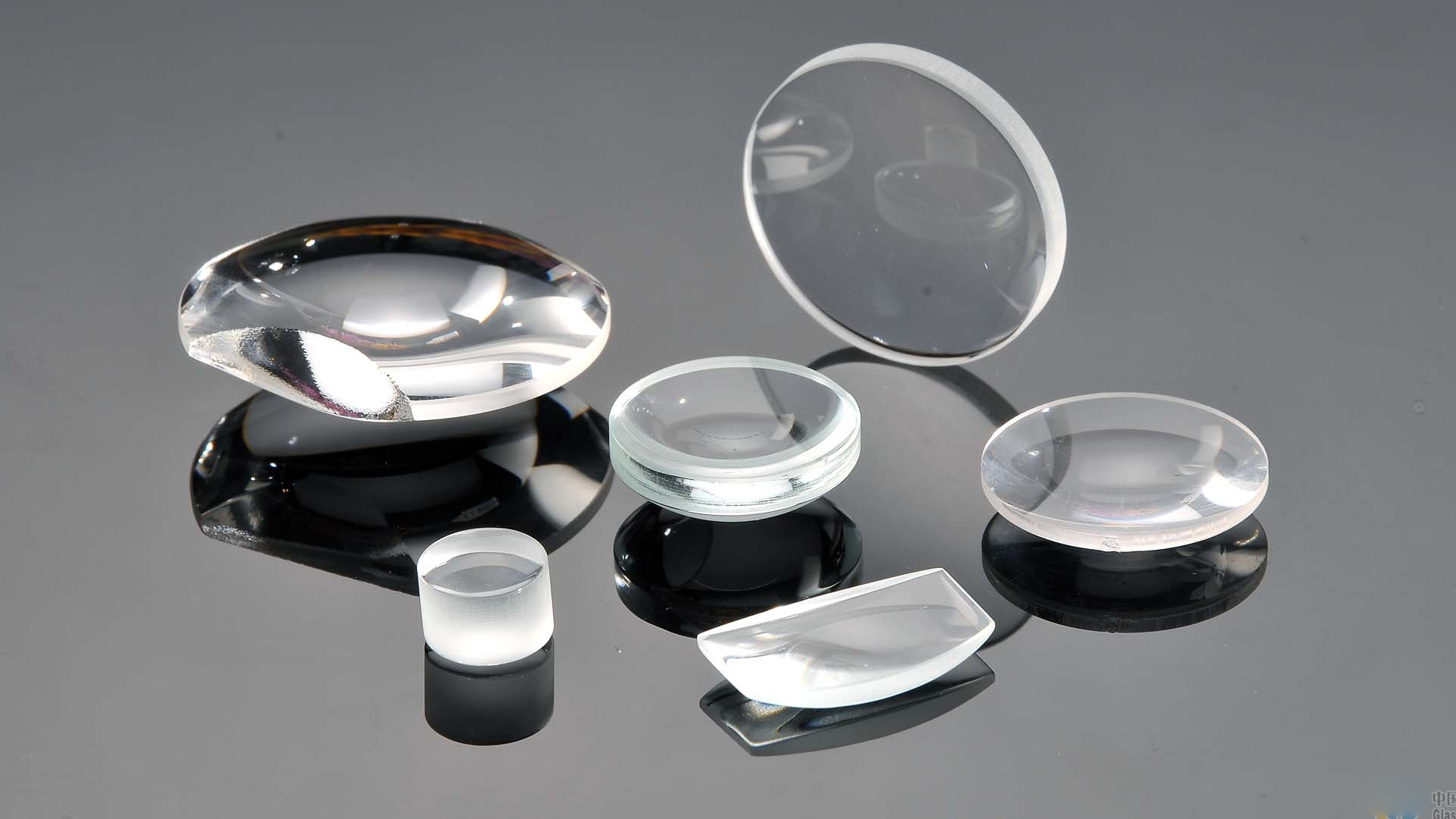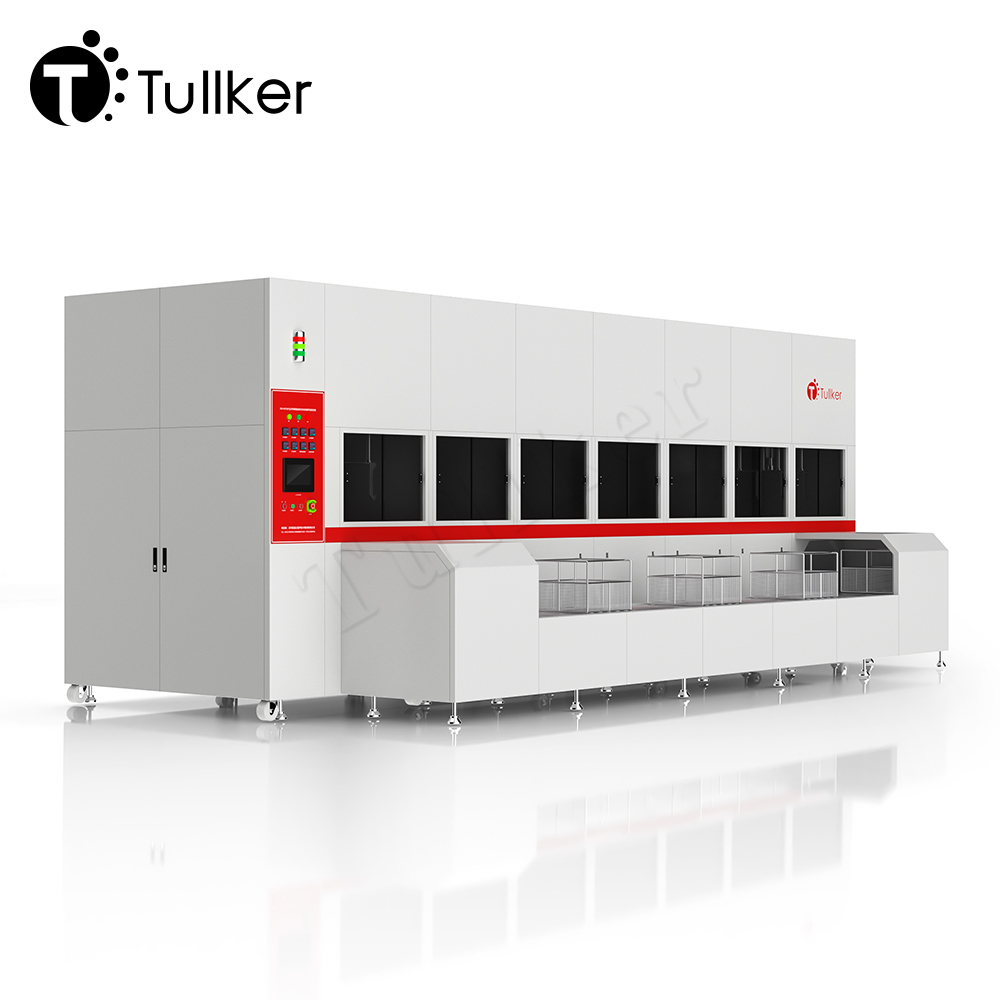
With the development of science and technology, optical devices play a vital role in many fields such as semiconductors, optical communications, and medical equipment. The surface and interior of these devices must be kept highly clean to avoid being affected by impurities such as dust, fingerprints, and grease. However, traditional cleaning methods such as solvent cleaning and ultrasonic cleaning have certain limitations and are difficult to meet the high standards of modern optical device cleaning.
1. In this context, this paper aims to explore how to use ultrasonic cleaning machines to optimize optical device cleaning solutions to achieve better cleaning results and lower cleaning costs.
2. The basic principle of ultrasonic cleaning machines Ultrasonic cleaning machines use the vibration of tiny bubbles generated by ultrasonic waves in liquids to physically clean the surface of objects. When ultrasonic waves propagate in liquids, they cause tiny bubbles in the liquid, and then these bubbles collapse rapidly in a very short time of compression. This rapid compression and collapse will generate a strong impact force, thereby cleaning the surface of the object. At the same time, ultrasonic cleaning machines also use the stirring effect of sound waves to better mix the liquid, thereby achieving a more comprehensive cleaning effect.
3. Optimizing the cleaning scheme for optical devices In view of the special structure and requirements of optical devices, we can optimize the cleaning scheme from the following aspects:
1. Selection of cleaning agent: Select appropriate cleaning agents for different optical devices, such as solvents, alcohol or other special cleaning agents.
2. Selection of ultrasonic cleaning machine: Select appropriate ultrasonic cleaning machine according to the characteristics of the cleaning agent to make full use of the characteristics of the cleaning agent.
3. Cleaning steps: According to the complexity of the optical device, formulate appropriate cleaning steps to ensure that every surface and corner can be fully cleaned.
4. Drying process: Use appropriate methods such as air drying, IPA evaporation, etc. to ensure that the optical device remains dry after cleaning.
4. In order to evaluate the effect of the ultrasonic cleaning machine, we used a variety of methods, including surface inspection, optical performance testing, SEM analysis, etc. These methods help us determine whether the ultrasonic cleaning machine effectively cleans the optical device and meets the cleanliness requirements.
5. Control of cleaning costs In addition to optimizing the cleaning scheme and improving the cleaning effect, the ultrasonic cleaning machine can also effectively control the cleaning cost. Since the ultrasonic cleaning machine uses the high-pressure impact and stirring effect generated by sound waves, a large amount of cleaning fluid can be saved. In addition, the ultrasonic cleaning machine has low energy consumption, which can reduce energy costs. Coupled with the ultrasonic cleaning machine's long service life and low maintenance costs, the overall cleaning cost is effectively controlled.







